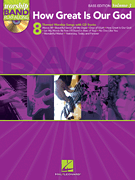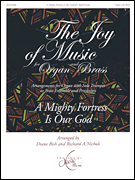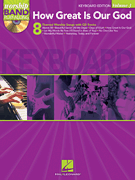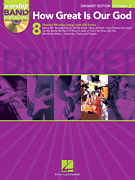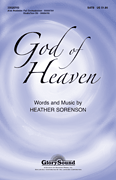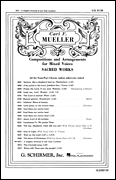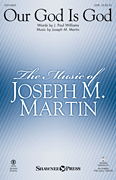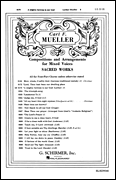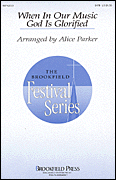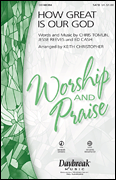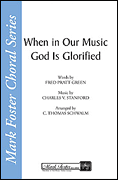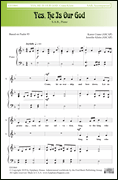Search Results for: “Our God Is God”
Loading...
A Mighty Fortress Is Our God View 163 Products
How Great Is Our God View 111 Products
O God, Our Help In Ages Past View 60 Products
Our God Is With Us View 24 Products
Our God Is God View 23 Products
A Mighty Fortress Is Our God (With 'Canon In D') View 15 Products
Our Hope (O God, Our Help) View 15 Products
Mighty Is Our God View 14 Products
He Is Our God View 10 Products
Fanfare And Concertato On 'A Mighty Fortress Is Our God' View 4 Products
A Mighty Fortress Is Our God (Luther) View 3 Products
When In Our Music God Is Glorified View 2 Products
Our God Is Love View 2 Products
Our God Is In Control View 2 Products
A Mighty Fortress Is Our God View 2 Products
God Is Our Strength View 1 Product
Our God Is Lifted Up View 1 Product
Stronghold Is Our God, A (Bach) View 1 Product
God Is Our Refuge And Our Strength View 1 Product
A Mighty Fortress Is Our God Reger View 1 Product
A Mighty Fortress Is Our God View 1 Product
Mighty Is Our God (Greco/Gustafson/Moen) View 1 Product
Jesus Is The Name We Honour (Jesus Is Our God) View 1 Product
God's Word Is Our Great Heritage View 1 Product
